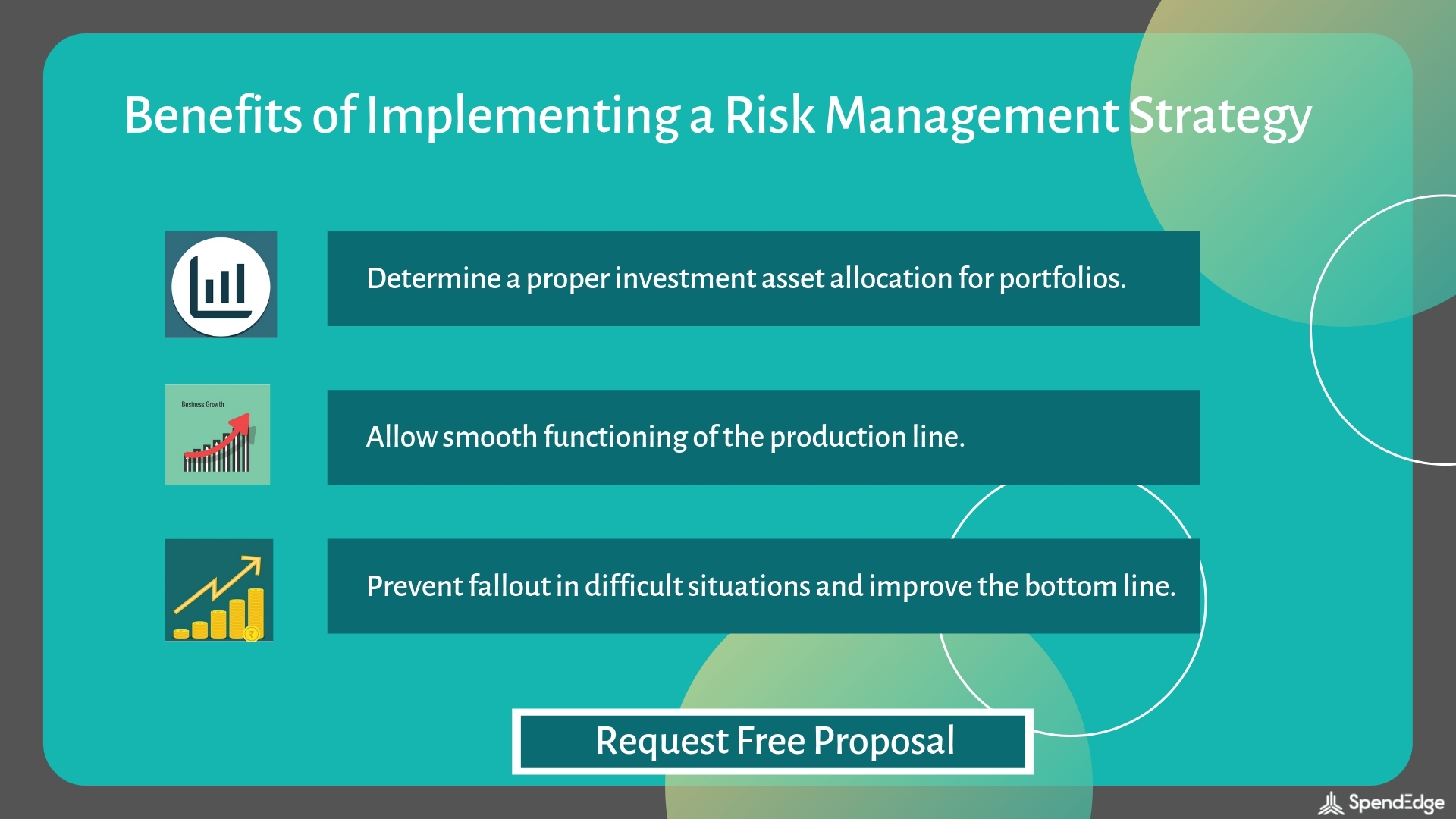Discovering the Relevance of Risk Management for Effective Decision-Making Approaches
In the intricate world of organization, Risk Management arises as a vital variable in the decision-making process. The capacity to recognize possible risks and possibilities, and plan as necessary, can mean the difference between success and failing.
Understanding the Concept of Risk Management
Risk Management, a crucial element in decision-making, is often misinterpreted or oversimplified. Usually, it refers to the recognition, examination, and prioritization of threats to decrease, check, and manage the likelihood or impact of unfortunate events. It's not just concerning preventing unfavorable end results, yet also about recognizing possible possibilities. Risk Management entails structured and regimented approaches, using data and informative assessments. It calls for an extensive understanding of the organization's context, purposes, and the potential risks that can obstruct them. From monetary uncertainties, lawful responsibilities, strategic Management mistakes, to accidents and all-natural disasters, it attends to different dangers. Importantly, efficient Risk Management is not stagnant; it's a continual, positive procedure that progresses with changing situations.
The Duty of Risk Management in Decision-Making Processes
In the realm of tactical planning and business procedures, Risk Management plays an essential duty in decision-making procedures. Risk Management therefore comes to be a crucial device in decision-making, assisting leaders to make informed choices based on a comprehensive understanding of the risks included. Risk Management serves as an essential element in the decision-making processes of any type of company.

Just How Risk Management Boosts Strategic Planning
In the context of tactical preparation, Risk Management plays a pivotal role. Launching with the identification of potential risks, it even more reaches the application of Risk mitigation measures. The duty of Risk Management is not static but vibrant, as it requires constant tracking and adjusting of approaches.
Determining Possible Risks

Carrying Out Risk Reduction
Risk reduction approaches can range from Risk avoidance, Risk transfer, to risk decrease. Each method should be tailored to the certain Risk, considering its prospective impact and the organization's Risk tolerance. Reliable Risk reduction requires a deep understanding of the Risk landscape and the possible influence of each Risk.
Monitoring and Changing Techniques
Though Risk reduction is an essential step in critical preparation, continuous monitoring and change of these approaches is just as important. It additionally provides a chance to review the success of the Homepage Risk Management actions, enabling adjustments to be made where necessary, further boosting strategic planning. Surveillance and changing Risk Management approaches is a vital part for enhancing an organization's resilience and strategic preparation.
Situation Studies: Effective Risk Management and Decision-Making
On the planet of organization and money, successful Risk Management and decision-making commonly work as the columns of thriving enterprises. One such entity is an international oil business that alleviated economic loss by hedging against rising and fall oil costs. In another circumstances, a tech start-up thrived by determining and approving risky, high-reward strategies in an unstable market. An international bank, confronted with regulatory uncertainties, successfully browsed the situation through proactive Risk assessment and vibrant decision-making. These cases highlight the worth of astute Risk Management in decision-making procedures. It is not the absence of Risk, yet the Management of it, that commonly distinguishes effective companies from not successful ones. These cases emphasize the important function of Risk Management in critical decision-making. importance of risk management.
Tools and Techniques for Efficient Risk Management
Navigating the complex labyrinth of Risk Management calls for the right collection of methods and devices. These tools, such as Risk registers and warmth maps, aid in identifying and analyzing potential risks. Strategies include both quantitative approaches, like level of sensitivity evaluation, and qualitative techniques, such as SWOT analysis. These aid in prioritizing threats based upon their potential influence and possibility. Risk feedback approaches, a key element of Risk Management, entail approving, preventing, transferring, or mitigating dangers. Tracking and managing recommended you read risks, via routine audits and reviews, ensure that the methods stay effective. With these strategies and tools, decision-makers can navigate the complex landscape of Risk Management, therefore facilitating educated and efficient decision-making.
Future Patterns in Risk Management and Decision-Making Methods
As we check out the large landscape of Risk Management, it comes to be obvious that the devices and methods made use of today will certainly proceed to advance. The idea of Risk society, where every member of an organization is aware and involved in Risk Management, will certainly obtain much more prestige. These trends advertise an even more aggressive and comprehensive strategy towards Risk Management and decision-making.
Conclusion

Risk Management hence comes to be an essential device in decision-making, helping leaders to make informed options based on a comprehensive understanding of the dangers included. Risk reduction approaches can range from Risk avoidance, Risk transfer, to run the risk of reduction (importance of risk management). Reliable Risk mitigation calls for a deep understanding of the Risk landscape and the possible impact of each Risk. Risk feedback strategies, a key component of Risk Management, entail approving, preventing, moving, or mitigating dangers. The idea of Risk culture, where every member of an organization is mindful and involved in Risk Management, will certainly gain much more prestige